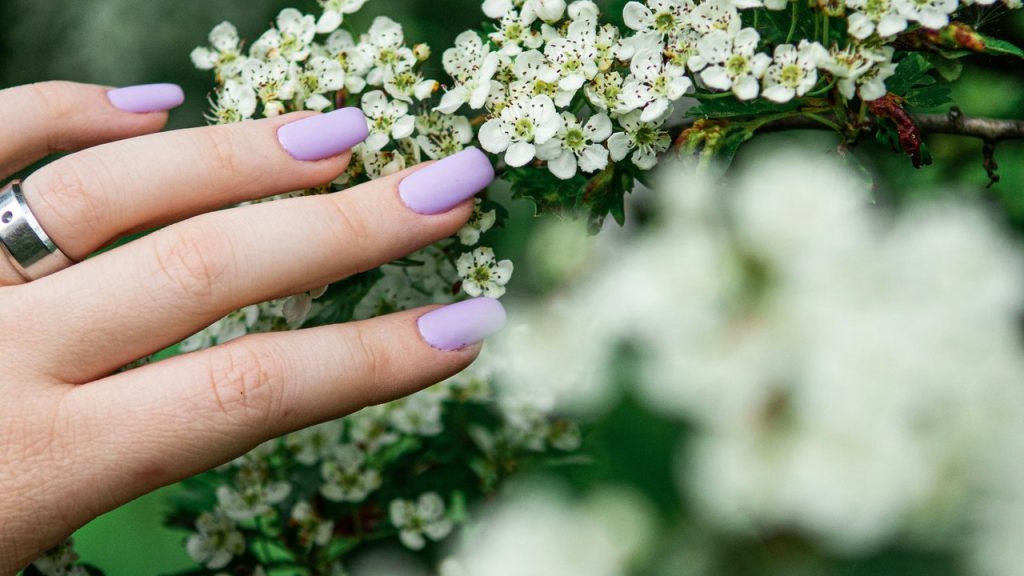Dip powder nails are a popular alternative to gel nail polish and acrylic nails, as they do not require a UV lamp to cure and can potentially last longer. The application process involves applying layers of colored powder to the nail between layers of resin, before sealing and activating with a top coat. This process is repeated until the desired color, shape, and thickness are achieved. On the other hand, acrylic nails involve mixing liquid with a powder to form a semi-liquid product that is shaped onto the nails and hardened in about three minutes.
While there are many dip powder products and starter kits available for purchase, it is recommended to have them done by a licensed nail professional using salon-grade products to minimize health risks. DIY dip powder nails could potentially lead to severe issues if products from online distributors have not been tested properly. A trained professional will know how to apply the product correctly, keep it off the skin, and know the proper curing time for long-lasting results. Additionally, professionals use sterile tools which are crucial for a safe application process.
When it comes to removing dip powder nails, a similar process to gel polish removal is followed. The nails are soaked in acetone to dissolve the product, after filing down the excess powder first. This allows for gentle removal of the product without causing damage to the natural nails. Kandalec emphasizes that dip powder is safe for natural nails as long as the application and removal process is done correctly. The key is to ensure that the product is applied with precision and removed carefully to protect the health of the nails.
King advises doing a patch test before getting dip powder nails to ensure there are no allergic reactions. It is essential to follow proper application and upkeep procedures to avoid a bulky appearance or the need for frequent fills. While dip powder nails and acrylic nails share many similarities, the application process sets them apart. Dip powder nails involve layering colored powder with resin and top coat, while acrylic nails are created by mixing liquid with powder to form a semi-liquid product that hardens after shaping on the nails. The differences in application make dip powder nails a unique and long-lasting option for those seeking a salon-quality manicure.


